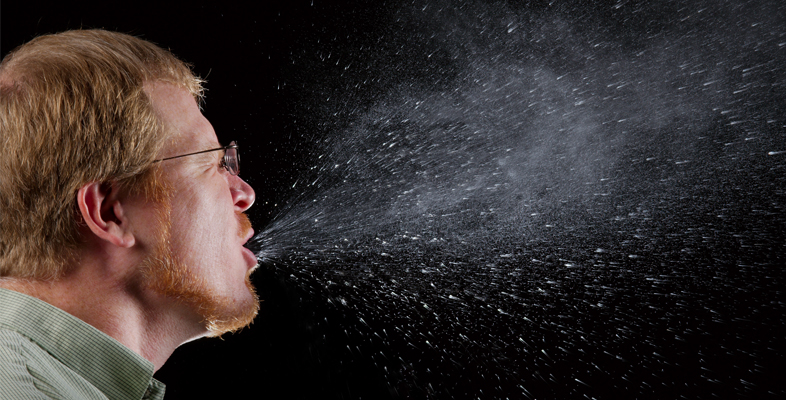Session 3: Pathogens and human infectious disease
Introduction
Session 3 provides a brief overview of the many different infectious agents, also known as pathogens [path-oh-jens],that cause infectious diseases in humans and the ways in which these pathogens are transmitted between people, the environment and other animals. The most numerous pathogens are bacteria, as you will discover. In fact, there are more than twice as many different types of bacteria that cause human disease compared to the number of infection causing viruses.
In the video you'll learn more about these two different types of pathogens and how they are different from one another.

Transcript
CLAIRE ROSTRON: Let's start answering this question by pointing out why they are the same. Bacteria and viruses are pathogens, or infectious agents, meaning that they are two of the causes of infectious diseases. An example of a bacterial disease would be meningitis, whereas an example of a viral disease would be rabies. But these are characteristically different. A bacteria is considered to be a living organism, whereas a virus is not. Why is this? Well, they are structurally very different.
In a typical animal cell, the genetic material, in the form of DNA, is held in the nucleus. The cell is surrounded by a cell membrane that protects the cell from the environment outside. Also within the cell are structures called organelles, which can be considered to be the cellular machinery. For example, the machinery that creates fuel to help the cell perform its functions.
In the bacterial cell, the DNA is not contained within a nucleus, and there's a noticeable lack of organelles. However, the bacterial cell is still considered to be a living organism because it has a cellular-type structure, with DNA that programmes the functioning of that organism.
Viruses, however, are not considered to be living organisms because they do not consist of cells. They are made up from very short strands of genetic material, which cannot function independently and can only replicate by hijacking the genetic material in the cells of a host, causing that cell to assemble new virus particles that can pass through the cell membrane of the host cell and into the external environment.
Of course, there is another very important difference between bacteria and viruses. Bacteria can normally be killed by antibiotic drugs, whereas viruses cannot. In this Open Learn course, you'll be learning more about bacteria and viruses, as well as other types of pathogens, like parasites and fungi.
[MUSIC PLAYING]
